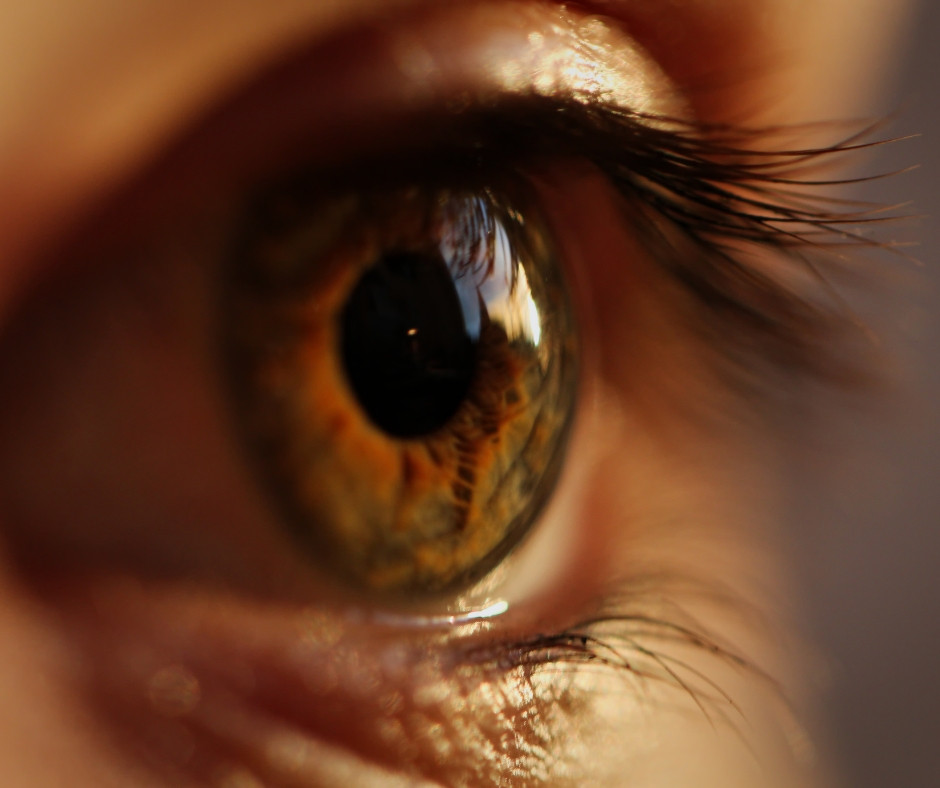A recent study published in The Lancet has shown promising results following the use of a new gene therapy to treat Leber congenital amaurosis in two boys and two girls, aged 1 to 3 years, with mutations in the AIPL1 gene. This dystrophy causes progressive vision loss from birth, as the mutated AIPL1 gene loses its ability to produce a protein essential for developing and maintaining photoreceptors, the cells responsible for capturing light and converting it into visual information.
In the study, the research team proposed introducing healthy copies of the AIPL1 gene into the retina to restore photoreceptor function and halt their degeneration. The correct gene was introduced through a genetically modified virus, AAV8, which is injected into the eye using a minimally invasive technique with few side effects. Only one eye was treated to compare the effectiveness of the treatment.
After three years of monitoring, researchers observed significant improvements in the children's visual acuity. The untreated eye continued to deteriorate and lose vision. The study also confirmed the safety of the treatment.
This is the first time this therapy has been applied in humans, and it has shown that early intervention could be key to preserving vision and improving retinal function, opening up new possibilities for treating this previously incurable disease.


